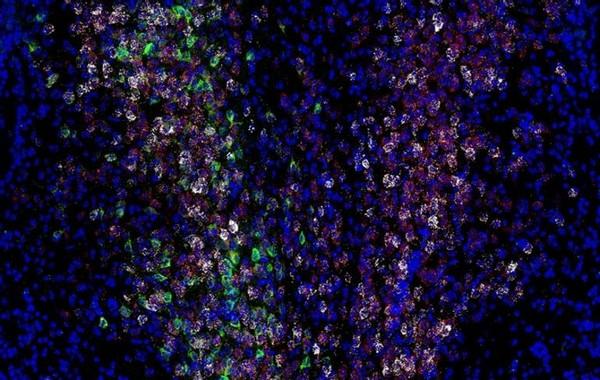What’s Making a Memory Positive or Negative
Curated from: neurosciencenews.com
Ideas, facts & insights covering these topics:
7 ideas
·1.16K reads
14
Explore the World's Best Ideas
Join today and uncover 100+ curated journeys from 50+ topics. Unlock access to our mobile app with extensive features.
Valence And Valence Assignment
For a human or animal to learn whether to avoid, or seek out, a particular experience again in the future, their brain must associate a positive or negative feeling, or “valence” with that stimulus. The brain’s ability to link these feelings with a memory is called “valence assignment”.
24
307 reads
The Neurons Assigning Valence
In 2016, Kay Tye, today a professor in Salk’s Systems Neurobiology Laboratory and a Howard Hughes Medical Institute Investigator, discovered that a group of neurons in the brain’s basolateral amygdala (BLA) helps assign valence when mice are learning. One set of BLA neurons was activated with positive valence, as the animals learned to associate a tone with a sweet taste. A separate set of BLA neurons was activated with negative valence, as the animals learned to associate a different tone with a bitter taste.
20
197 reads
The Molecule Signaling Valence
In the new study, the researchers homed in on the importance of the signaling molecule neurotensin to these BLA neurons. They already knew that neurotensin is a neuropeptide produced by the cells associated with valence processing, but so are a few other neurotransmitters. So, they used CRISPR gene editing approaches to selectively remove the gene for neurotensin from the cells—the first time that CRISPR has been used to isolate specific neurotransmitter function.
19
155 reads
Blocking Valence
Without neurotensin signaling in the BLA, mice could no longer assign positive valence and didn’t learn to associate the first tone with a positive stimulus. Interestingly, the absence of neurotensin did not block negative valence. The animals instead became even better at negative valence, having a stronger association between the second tone and a negative stimulus.
19
127 reads
Negative Valence Is The Default State
The findings suggest that the brain’s default state is to have a bias toward fear—the neurons associated with negative valence are activated until neurotensin is released, switching on the neurons associated with positive valence. From an evolutionary perspective, Tye says, this makes sense because it helps people avoid potentially dangerous situations—and it probably resonates with people who tend to find the worst in a situation.
19
120 reads
Manipulating Valence
“We can actually manipulate this switch to turn on positive or negative learning,” says co-first author Hao Li, a postdoctoral fellow in the Tye Lab. “Ultimately, we’d like to try to identify novel therapeutic targets for this pathway.”
The researchers still have questions about whether levels of neurotensin can be modulated in people’s brains to treat anxiety or PTSD. They are also planning future studies to probe what other brain pathways and molecules are responsible for triggering the release of neurotensin.
19
121 reads
Valence And Prevalence (Valēre And Praevalēre)
“We’ve basically gotten a handle on the fundamental biological process of how you can remember if something is good or bad,” says senior author Kay Tye. “This is something that’s core to our experience of life, and the notion that it can boil down to a single molecule is incredibly exciting.”
20
141 reads
IDEAS CURATED BY
CURATOR'S NOTE
Researchers discovered a specific neurotransmitter that helps assign either positive or negative emotions to memories. Their discovery paves the way for a better understanding of why some people are more likely to retain negative emotions than positive ones—as can occur with anxiety, depression or post-traumatic stress disorder (PTSD).
“
Xarikleia 's ideas are part of this journey:
Learn more about scienceandnature with this collection
Creating a productive schedule
Avoiding procrastination
Prioritizing tasks effectively
Related collections
Similar ideas
4 ideas
Why do you feel lonely? Neuroscience is starting to find answers.
technologyreview.com
11 ideas
7 ideas
The Brain Stores Multiple Copies of a Single Memory
neurosciencenews.com
Read & Learn
20x Faster
without
deepstash
with
deepstash
with
deepstash
Personalized microlearning
—
100+ Learning Journeys
—
Access to 200,000+ ideas
—
Access to the mobile app
—
Unlimited idea saving
—
—
Unlimited history
—
—
Unlimited listening to ideas
—
—
Downloading & offline access
—
—
Supercharge your mind with one idea per day
Enter your email and spend 1 minute every day to learn something new.
I agree to receive email updates
